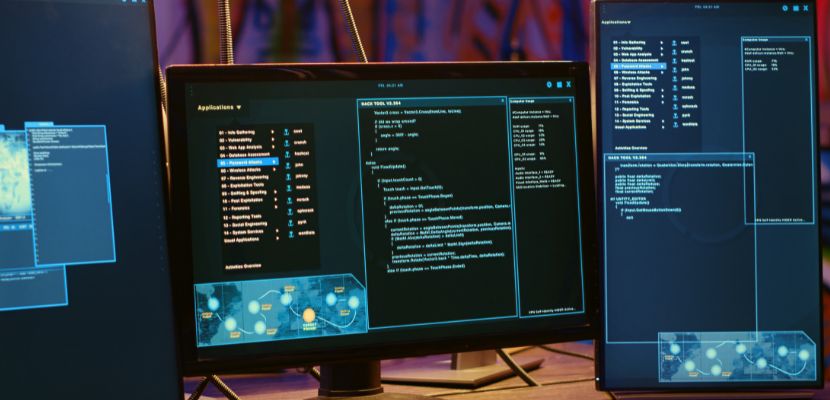An active partition is the primary partition on a storage device that contains the operating system's bootloader. When a computer starts, the BIOS or UEFI firmware looks for the active partition to load the necessary boot files and launch the OS.

What Is an Active Partition?
An active partition is a designated primary partition on a storage device that contains the necessary boot files required to initiate the operating system. When a computer is powered on, the system firmware, whether BIOS or UEFI, searches for the active partition to execute the bootloader, which in turn loads the operating system into memory. This partition is crucial for the startup process, as it directs the system to locate and run the OS kernel. Only one active partition can be assigned per disk, ensuring a clear boot sequence.
In traditional BIOS-based systems using the master boot record (MBR) partitioning scheme, the active partition must be marked explicitly for the firmware to recognize it as bootable. On modern UEFI-based systems, which use the GUID partition table (GPT), the concept of an active partition is replaced by the EFI system partition (ESP), where bootloaders and system files are stored. If an active partition is not set correctly or is missing the required boot files, the system may fail to start, leading to boot errors.
Primary vs. Active Partition
Here’s a comparison between primary and active partition:
| Feature | Primary partition | Active partition |
| Definition | A partition on a storage device that can store data, an operating system, or other files. | A specific primary partition that contains the bootloader and is marked for booting the operating system. |
| Purpose | Stores system files, applications, or user data. | Directs the system to boot from the correct partition. |
| Number per disk | Multiple primary partitions can exist on a disk (MBR allows up to four). | Only one active partition can be assigned per disk in an MBR-based system. |
| Boot role | Can contain an OS but will not boot unless marked as active. | Essential for booting; the BIOS/MBR firmware looks for the bootloader here. |
| Marking requirement | No special marking is needed unless it's meant to be booted. | Must be explicitly marked as active to be recognized by BIOS/MBR firmware. |
| Partitioning scheme | Found in both MBR and GPT partitioning schemes. | Only relevant in MBR-based systems; GPT systems use the EFI system partition (ESP) instead. |
| Impact on booting | If not marked active, the system may not find the necessary boot files. | If missing or incorrectly configured, the system may fail to boot. |
How to Mark Partition as Active or Inactive in Windows
To mark a partition as active or inactive in Windows, you can use either Disk Management or Command Prompt (Diskpart). Below are step-by-step instructions for both methods.
Method 1: Using Disk Management (GUI)
- Open Disk Management:
- Press Win + R, type diskmgmt.msc, and press Enter.
- Locate the target partition:
- Find the disk and partition you want to mark as active.
- Mark as active:
- Right-click the partition and select "Mark Partition as Active".
- Confirm the action when prompted.
- Restart the System (if required) to apply changes.
Method 2: Using Command Prompt (Diskpart)
- Open Command Prompt as administrator:
- Press Win + R, type cmd, and press Ctrl + Shift + Enter to open as admin.
- Launch Diskpart:
- Type diskpart and press Enter.
- List available disks:
- Type list disk and press Enter to see all disks.
- Select the target disk:
- Type select disk X (replace X with the disk number) and press Enter.
- List partitions on the selected disk:
- Type list partition and press Enter.
- Select the target partition:
- Type select partition Y (replace Y with the partition number) and press Enter.
- Mark as active or inactive:
- To mark as active, type active and press Enter.
- To mark as inactive, type inactive and press Enter.
- Exit Diskpart:
- Type exit and press Enter.